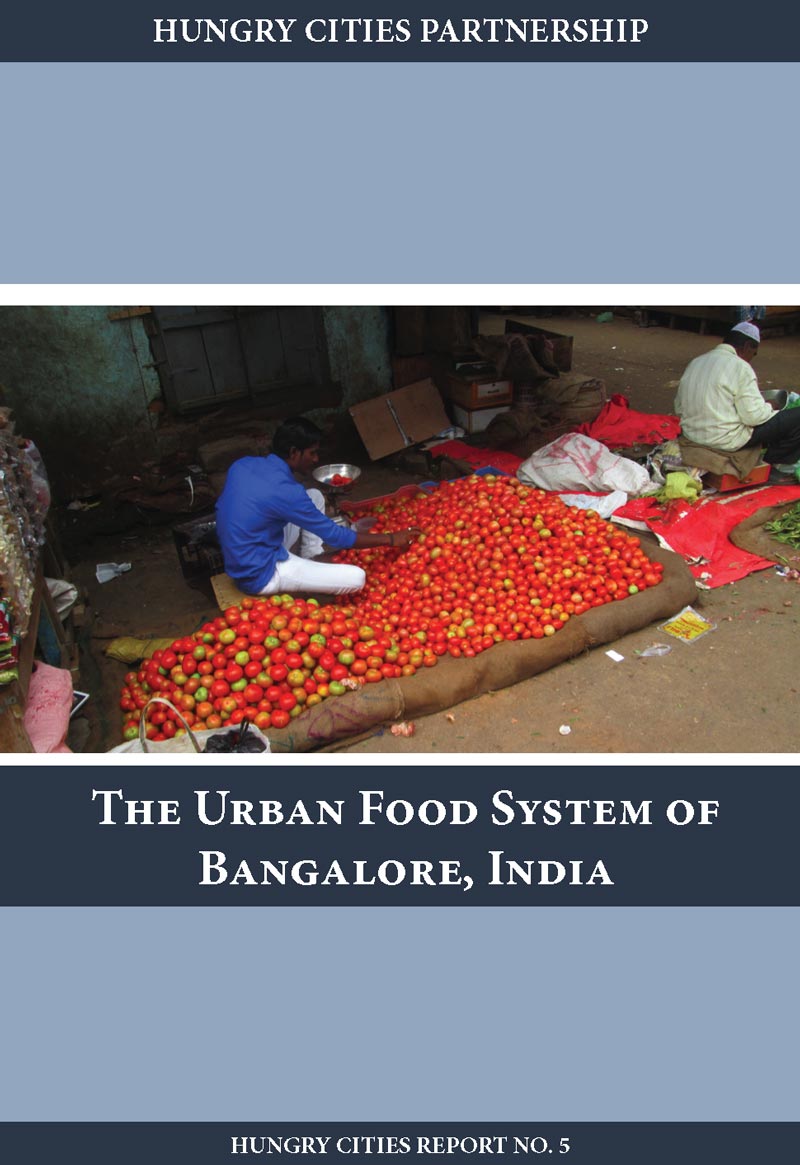Bangalore (officially Bangaluru) is one of India’s fastest-growing cities. It is now the fifth-largest urban agglomeration in India, and the capital and primate city of the state of Karnataka in terms of area, population and economic output. With no natural features restricting its development, Bangalore’s spatial growth patterns are characterized by urban sprawl. Although it accounts for only 0.4% of the area of Karnataka and about 16% of the total population of the state, Bangalore has the highest district income in the state, contributing approximately 34% to Gross State Domestic Product at current prices and is a magnet for investment and employment in Karnataka. The history of Bangalore is marked by two significant political developments: the Vijayanagara Empire in the 1500s and the British Empire in the 1800s. The patterns of urbanization that emerged from both forms of control – the British and the royal families – shaped current-day Bangalore. This report provides an overview of the city focusing on demography, spatial and physical growth, and governance structures. Although the focus is largely on food-related issues, it also provides a larger contextual picture of the city’s evolution. While there is currently little detailed information available about Bangalore’s food economy, or the larger food sector at the city scale, the report also includes information about national and regional policies and programmes that have an impact on local systems.

